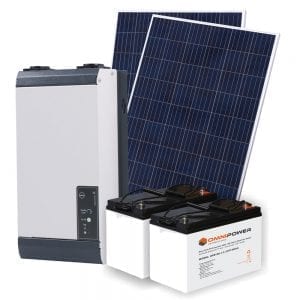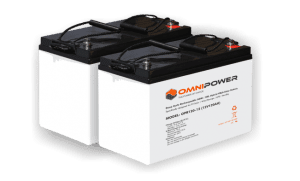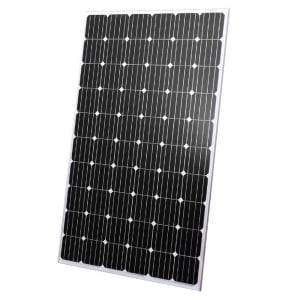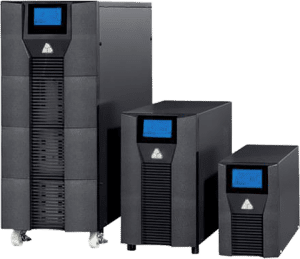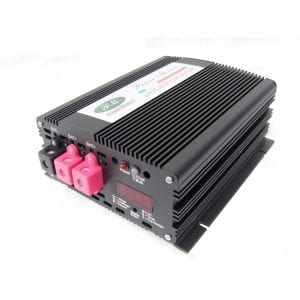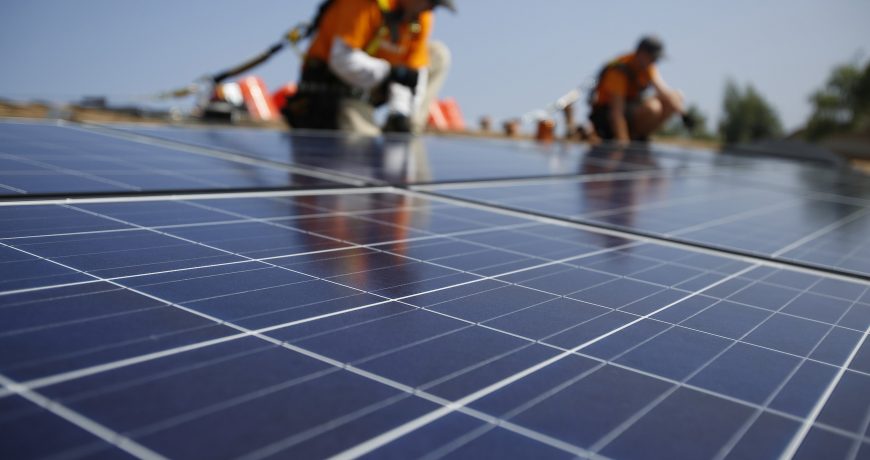Chris Rodgers, CEO of Sinetech, weighs in on the urgency of adopting a sustainable energy mix in SA and the impact it will have on all levels of society:
South Africa has incredibly lucrative opportunities for renewable energy given the commercial and social imperatives. The Fourth Industrial Revolution (4IR) is a reality and a further opportunity for South Africa. Like all industrial revolutions, the primary driver is commercial demand which is enabled by technological advantages. As a metaphor, commercial demand is the oxygen and electrical energy is the blood of 4IR.
In the South African context, we have multiple challenges that we are facing at the moment, unemployment, crime, crumbling state infrastructure which affect health, education, transport and every other strategic component of an efficient government. At the core of the problem lies a culture of ineptitude and entitlement which has played out in the form of institutionalised corruption.
Notwithstanding this, most South Africans desire a life that is safe and secure in all respects, including personal security and well-being, job security, educational stability and many other aspects that are, in fact, not just desirous, but human rights.
IRP Goals
The energy sector in S.A. and specifically, the electricity industry has a very significant role to play in moving towards the South Africa we all desire. In the mid-2000s we had started to move towards an energy sector which is well-founded and showed great promise albeit that the electricity infrastructure had taken a back seat in the 90s. The REIPPPP projects for utility-scale renewable energy were established in response to the NDP and IRP 2010 with the following goals:
• Job creation
• Social upliftment
• Broadening economic ownership
The program was initially hugely successful and in fact the “bid-window” concept became a best practice for other countries on the same path. Opportunities for Biomass, Solar and Wind energy were at the forefront with a smattering of hydro, given South Africa’s limited water resources. The economic ownership objective was marginal, with many of the primary bidders originating in Europe, Asia and the U.S. There are, however, a few examples of ownership, but nothing significant that would address the ills of the past and truly empower South Africans to the extent that we desire.
The dark clouds of the Zuma-era saw these programs take a backseat to the pursuit of nuclear power stations which, on the face of it, may appear as foolish and self-serving, however, nuclear does have a role to play in SA’s future energy mix. This would not be in the quantum that the Zuma government intended.
Descent into darkness
In the interim, Eskom has declined to an operational and financial disaster, unprecedented in South African history. An excessive staff complement at salary rates that are unsustainable, rampant corruption, a complete dearth of maintenance on an ageing coal-fleet, cable-theft and a culture of non-payment have rendered Eskom wholly inadequate for the consumers of electricity. The knock-on effect has seen many international industrial manufacturers exit S.A., international fund managers shorting Eskom bonds and local businesses struggling to keep trading without electricity. Net result: more job losses, increased crime and a skills brain-drain that we will live to regret in future years.
A rather gloomy picture for all South Africans but being the nation that we are, we tend to always find ways to get things done when times are hard. We are also blessed with great sunshine, thus PV Solar makes a lot of sense.
Whilst the REIPPP program begins to gain momentum again and the IRP2019 has been published, we are definitely heading in the right direction again. But is it too little too late? Certainly if we rely solely on coal as a core component of our energy mix for the long term, we will fall behind our commitments to the Paris Accord on Carbon Emissions, continue to see tariff increases of between 10% to 20% per annum and have greater exposure to power outages due to ageing coal-fired power stations.
The solution lies in in renewable energy of course, but we also need to look toward gas and storage technologies as part of our future energy mix. The great opportunity is in the affordability and rapid deployment of renewables, typically less than five years in the utility scale and at the smaller scale, a matter of months.
Small Scale Embedded Generation
The IRP2019 will allow for Small Scale Embedded Generators (SSEG) to be deployed nationally in an effort to de-centralise electricity generation. There are two segments to this: Sub- 1 Megawatt which requires registration only with the municipality or Eskom for commercial, industrial or residential properties. These “generators”, typically PV solar installations, will be permitted to feed energy into the grid for a credit on the registrant’s electricity account. The second segment addresses installations of between 1MW to 10MW to apply for a licence to commercially produce and feed energy into the national grid against very specific guidelines. In this example, owners of tracts of land that are not arable may, for example, construct solar or wind farms purely for the purposes of generating electricity to be supplied to the grid.
This could be one of the most significant steps forward not only in addressing our energy demands but also addressing wider social issues such as unemployment. I envisage a scenario where micro-enterprises spring up nationally to perform the installation and maintenance of solar systems at the residential level, very similar to how the DSTV installers operate. At the commercial and industrial level. small enterprises can emerge to fulfil these service for factories, shopping centres and any other larger structures.
Are you a consumer of a prosumer?
This scenario will transition the whole of South Africa into a large distributed generator of electricity and many of us into prosumers rather than just consumers. Inevitably, when a resource like electricity is seen as a valuable resource rather than an expensive service, we will all become much more energy savvy and cautious with how we use electricity.
At the utility scale REIPPP level, areas where coal mining has been the historical centre of energy production – and hence where many energy workers reside – could be transformed into renewable solar farms. Mpumalanga, for example, actually enjoys 3% more sunshine than the Northern Cape, paving the way for skills transition of existing coal and power station workers.
A very significant consideration for moving toward renewables is the water demand that alternative generation sources such as coal and nuclear require. In a water-scarce country like South Africa, and especially give current climate change concerns, water is without doubt our greatest concern in the coming years. Every tonne of coal mined requires 250 litres of water and to produce 1 MW of power from a coal-fired power station requires approximately 692 gallons of water. A nuclear power plant uses around 400 gallons of water to produce 1 MW. Renewables such as solar and wind use negligible amounts of water by comparison.
Green collar jobs are growing
It is refreshing that the incumbent Minister of Minerals & Energy has been prompt in delivering the IRP2019. The plan addresses many issues that are extremely urgent to the very existence of our fiscus. The absence of affordable energy from a domestic and commercial perspective is probably the most pressing issue facing government and, indeed, every South African.
In my view, the IRP does not go far enough with regards to focusing on renewables, however, I accept that there is a social and political perspective which limits radical transformation of the energy sector in the short term. It is however apposite to note that renewables actually deliver more jobs than current coal- and nuclear-powered mechanisms. The emergence of the “green collar worker” on the international stage should be eagerly pursued in South Africa, especially given the proclivity toward technology jobs by our youth today.
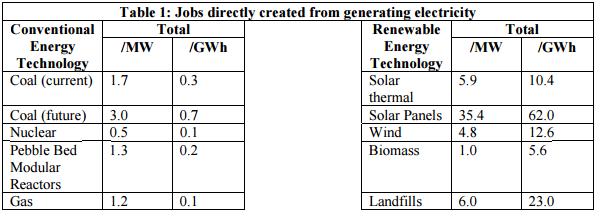
Source: Earthlife Africa
And yet, we do have a bridge to cross in terms of upskilling the youth for these positions and reskilling existing energy workers toward renewables. It must be said though that renewables and fossil fuel energy are not mutually exclusive but rather complementary to each other. It would be impractical to decommission existing power stations in the short term (less than 10 years) and switch to renewables with storage overnight. This would be politically inexpedient and would create yet more unemployment and therefore more social ills. Similarly, technologies, specifically around energy storage, are in their infancy and still quite expensive.
We are therefore in a position where we have the time to plan the phase-over with little impact on the socio-political imperatives. It is critically important though that we start now with the phase-over in order to transform the energy sector to a more efficient and environmentally friendly industry. In doing so, we can achieve so many of our objectives of making energy affordable, creating jobs and saving our most critical asset, the planet.
Regulation remains a stumbling block to us achieving this as the regulatory framework, legislation and appropriate amendments take time and, in our case, are taking too long. It is absolutely critical that we invoke the appropriate regulations, as failure to do so could be disastrous for the national grid. Sinetech, as a player in the solar and storage arena, is acutely aware of our responsibility in complying with all the local and national regulations when deploying our solutions. Peoples’ lives depend on all energy companies in adhering to the grid-code, failing which, electricity workers could be severely injured or even killed.
The DoE and NERSA are well down the road in formulating the relevant regulations, however, the public participation and legal promulgation are not happening quickly enough. Similarly, the training regimens cannot be defined until the final legislation is passed as it is key in training the green-collar workers.
Eskom split into three divisions
To outline how I see our energy future, all stakeholders need to be taken into account. The stakeholders broadly are Government, Eskom, DoE, Nersa, municipalities, business and the general population of South Africa. Whilst each one of these may have different priorities, there remains two imperatives that apply to all: affordable and available electricity.
The plan to create three different operating entities from the existing Eskom, namely Generation, Transmission and Distribution, definitely has merits as each entity has different objectives and focus areas. Similarly, as independent operating companies, service level agreements and resultant penalties will hold each entity to a high standard. Remuneration of executives and personnel should be based on the delivery performance of their entity against predefined Key Performance Areas and Indicators.
As an example, Generation would look towards electricity production at the lowest cost which inevitably would be renewables over the longer term. No doubt, government would apply certain requirements with regard to job retention as it is in no-one’s interest to see thousands of workers lose their jobs. This would require the reskilling of the existing coal workers into renewable energy workers and to de-commission ageing coal plants simultaneous to retirement or re-employment of the workers in the renewable sector.
Training is the key
In my nirvana state of the energy market, training would be a top priority and will create considerable opportunities both for the institutes that train and the students who receive the training. Within Sinetech, we have a 20-seat training centre where students, young and old, are trained on solar, battery and inverter technology, how it works, how to install it and what regulations require of them. We would like to see more companies offering this and would also like to expand our efforts in this space, as education is fundamental in the new economy.
With the requisite skills, these students can seek employment in what is the fastest growing sector in the world today. The entrepreneurs amongst them can establish their own SME business deploying solar and standby power with the help of entities such as the DTI, IDC or even the World Bank via their International Finance Corporation.
Having spent 30 years of my life in the ICT industry since before the inception of the PC, I have seen how an industry can fulfil so many needs and create so many opportunities, even prior to the connected world we have today. Electricity is a far more ubiquitous need as we all need it more and more, thus the opportunity that exists around 4IR is actually exponentially larger than the advent of the PC, Internet, VOIP and everything else the ICT industry has delivered. The key to embracing the change in how we do business and live our everyday lives is education. Government need to focus on two things if South Africa is to prosper, Education and De-regulation. Everything else will fall into line behind these efforts. Well educated, employed people do not commit crime generally, rather they commit to growing a country that offers quality of life to all its citizens.

